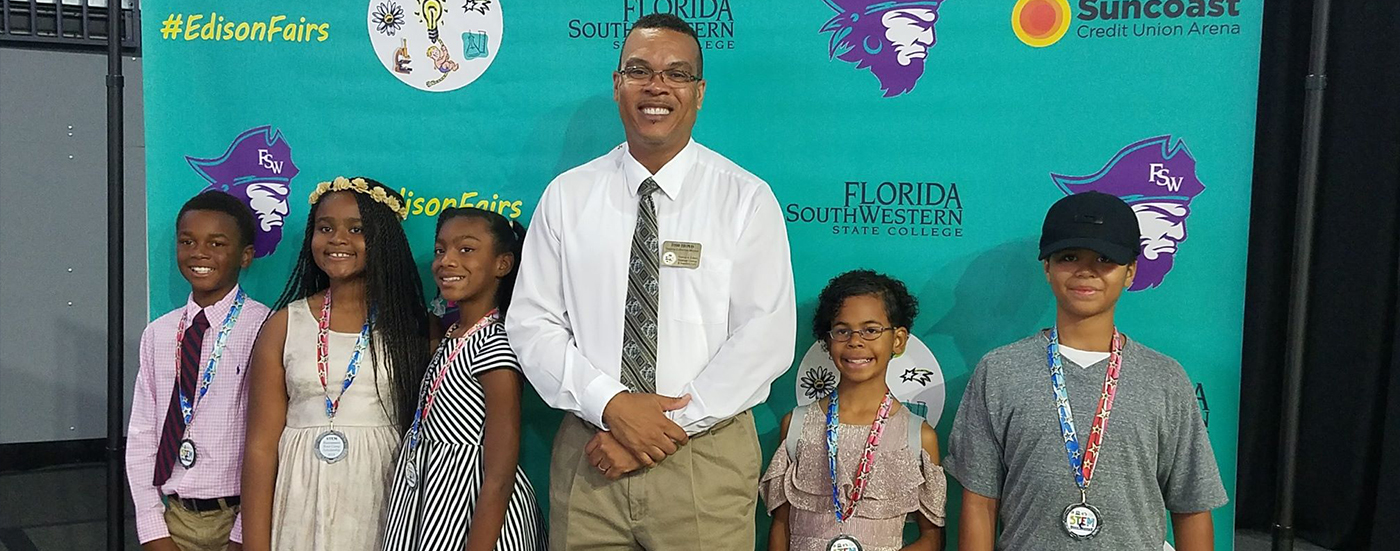Design, Build, Test, Iterate
Sketch one or more designs and plan how to build your prototype.
- Practice SAFETY at all times.
- Can you receive help or mentorship? Yes. Just log any and all help received.
- Can you use AI? Read more about proper use of AI. (See link above.)
- Think about materials. Consider cost, feasibility, and environmental impact.
- Presenting invention concepts can be achieved with drawings, computer graphics, recycled materials and even cardboard.
- Judges respect keeping costs down
Do not be discouraged by unsuccessful test results. Seek out solutions and iterate (re-design). Get advice from an expert. If you really believe in what you are doing, work through ‘failure’. Show the judges you are determined to improve and succeed! This is what can lead to great inventions.
Acknowledge your limitations, fix errors, brainstorm problems, and learn to iterate. Engineers learn what works and what needs revision. Strive to be a creative engineer … an Imagineer!




